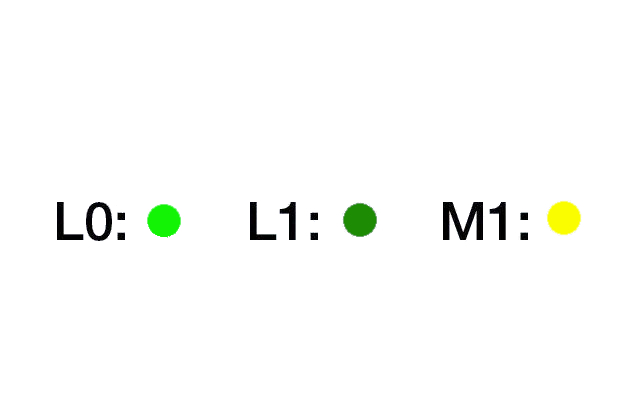|
Press-soldering during remelting
In this method, an alloy layer is produced at the boundary between solder and base material. This joint is then reheated and compressed as soon as the solder melts. The solder with its low melting point and its low resistance is pressed out of the soldering gap in the liquid phase and the alloyed layers combine with each other directly. Viewed under the microscope, this gives the following view:


Figure A shows the state after brazing of two parts. At the junction a considerable amount of solder is available . Figure B was taken after pressing at the melting temperature of the solder. Most of the solder is forced out of the gap and the parts are connected to each other almost without any solder layer. As the figure shows, rapid heating of the components allows the connection of the presses through electrical resistance. This topic is discussed in the following research: Hattori, Funamoto, Shida (Hitachi Ltd.), "Properties of Joints during Press Soldering with Resistance Heating", essay collection of the Japan Welding Society, Vol. 7 (1989 ), No. 3, p. 348 - 351.
|



